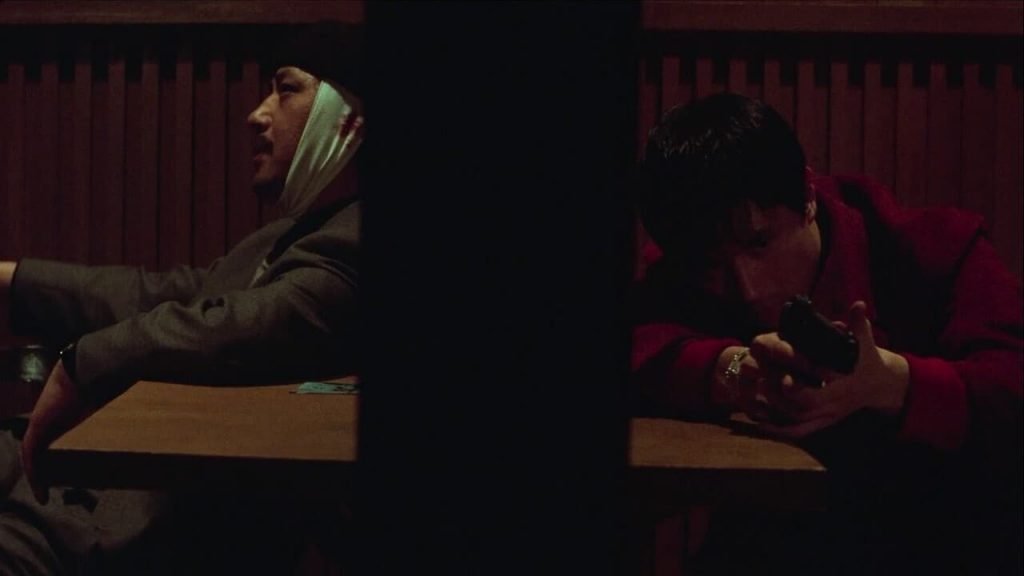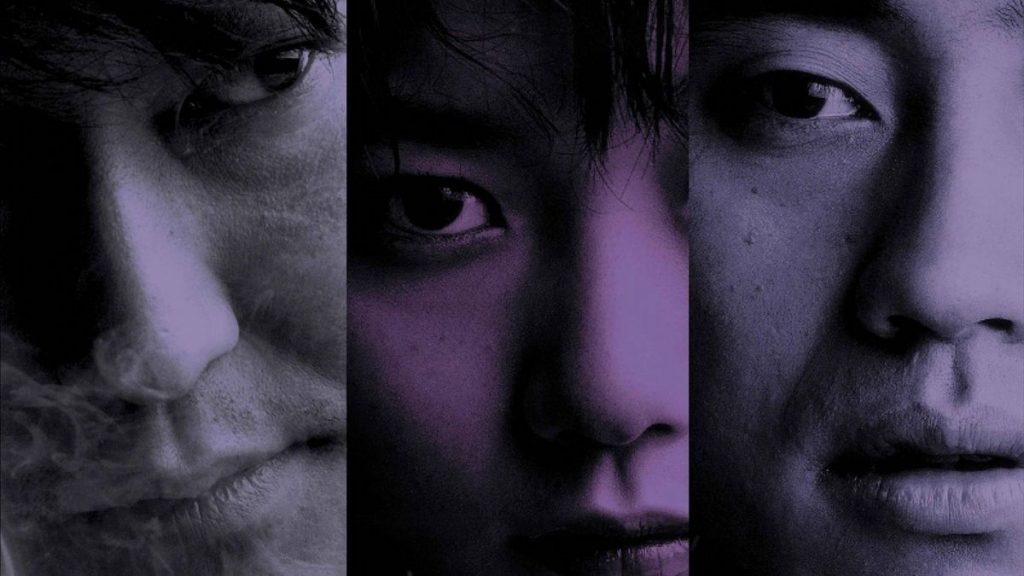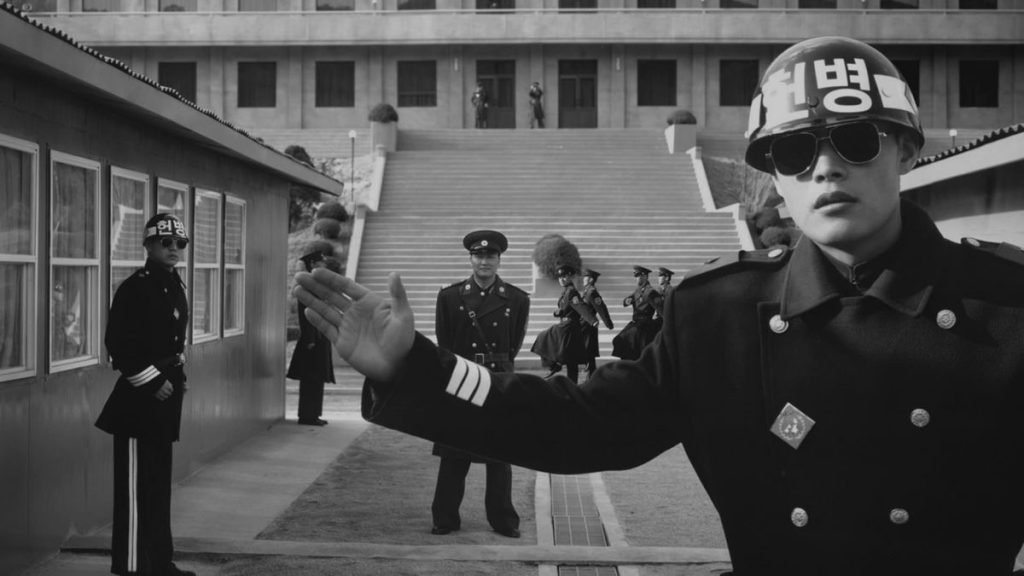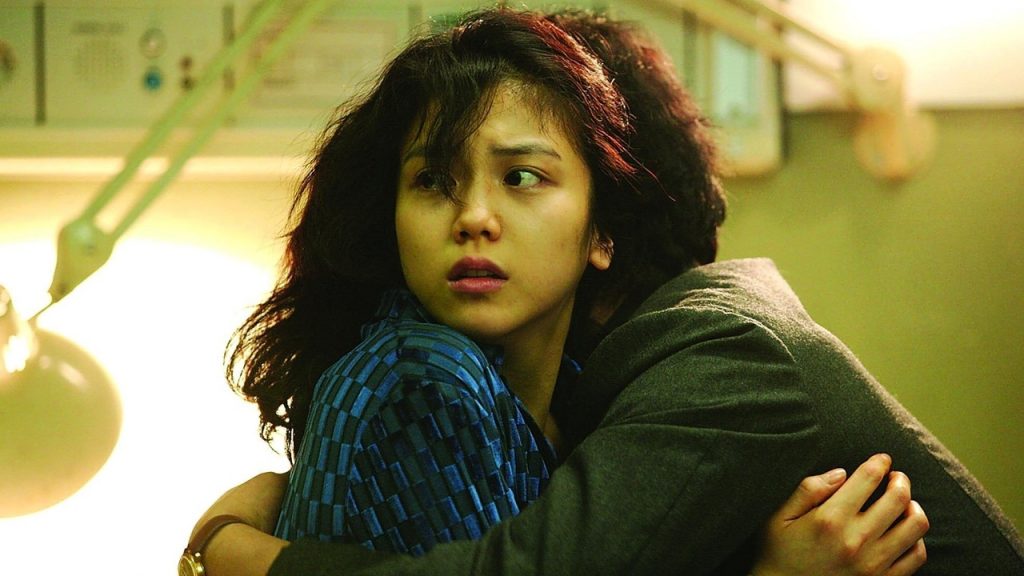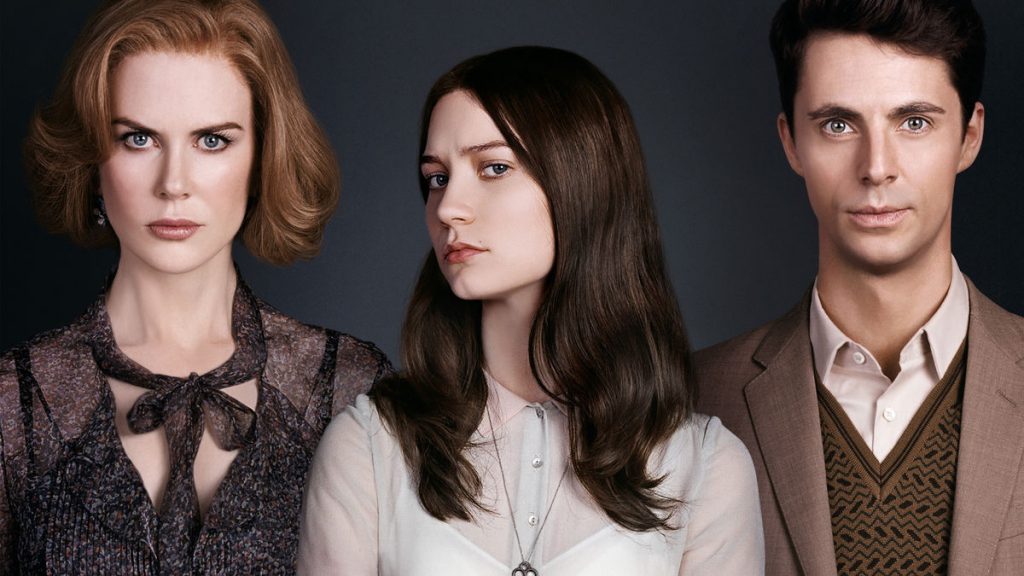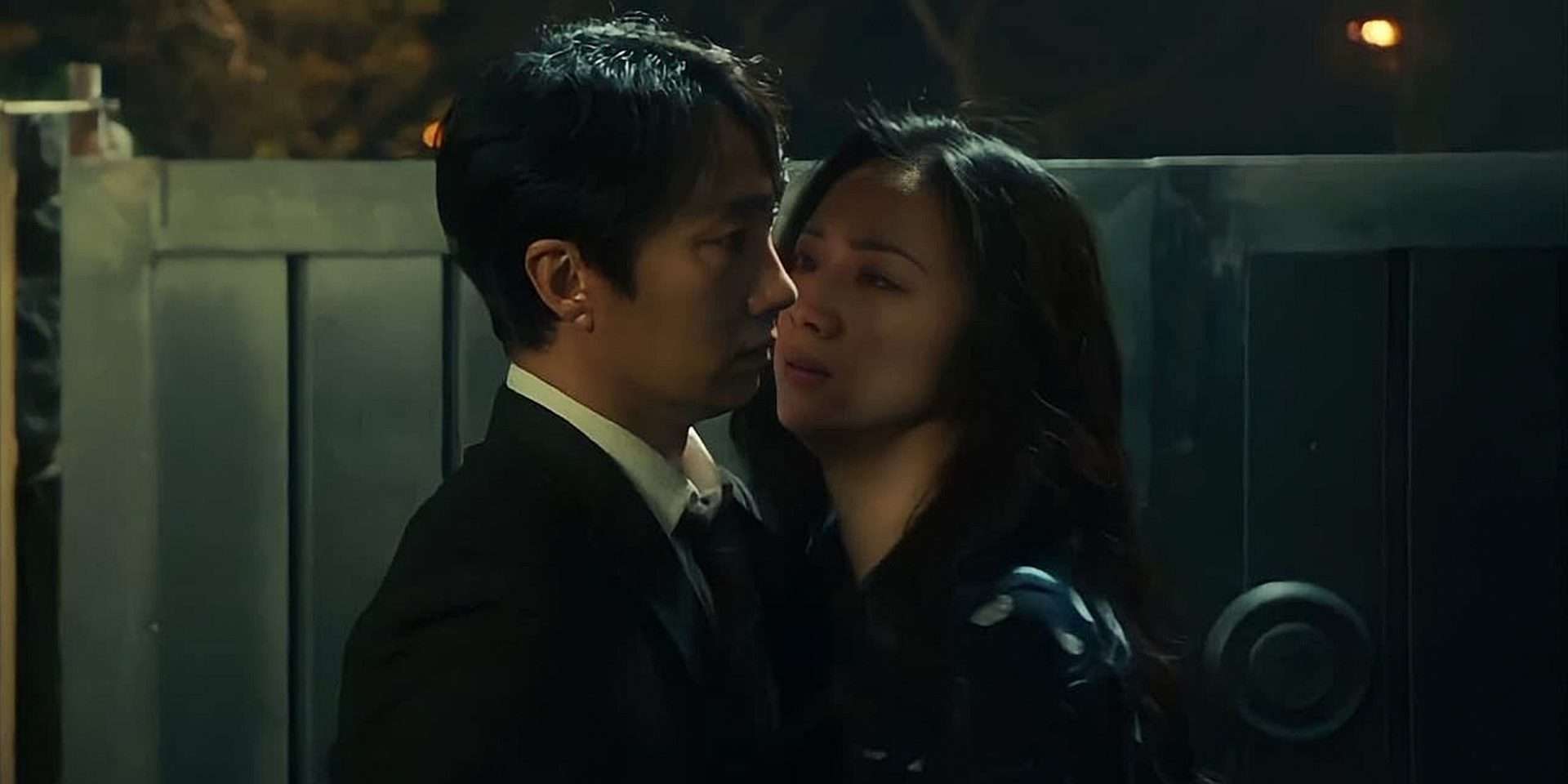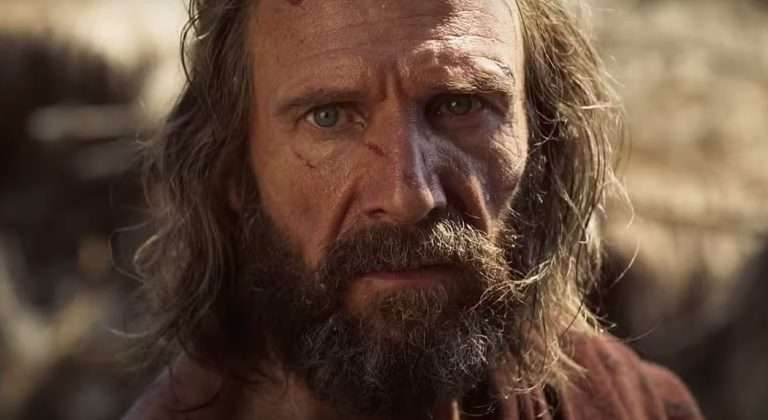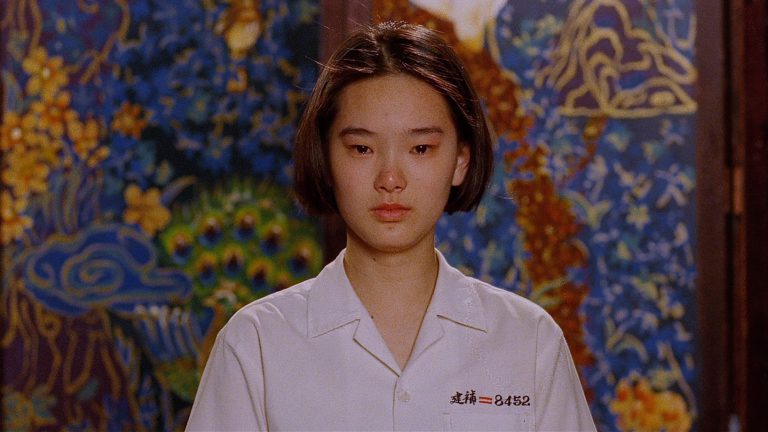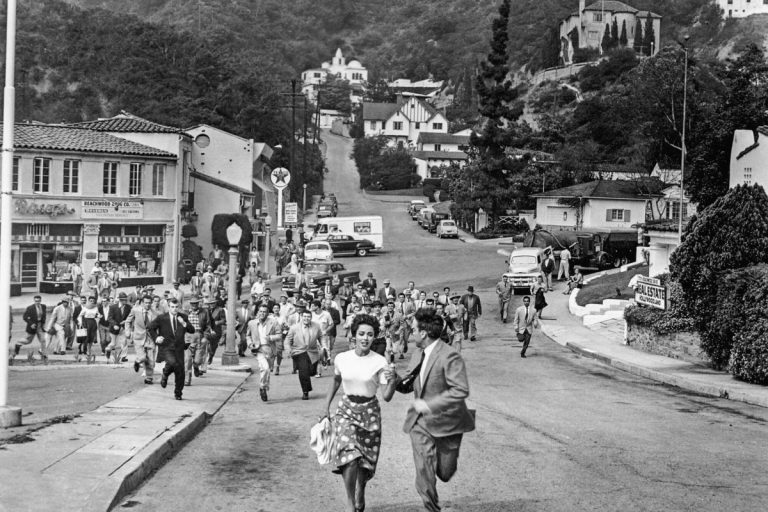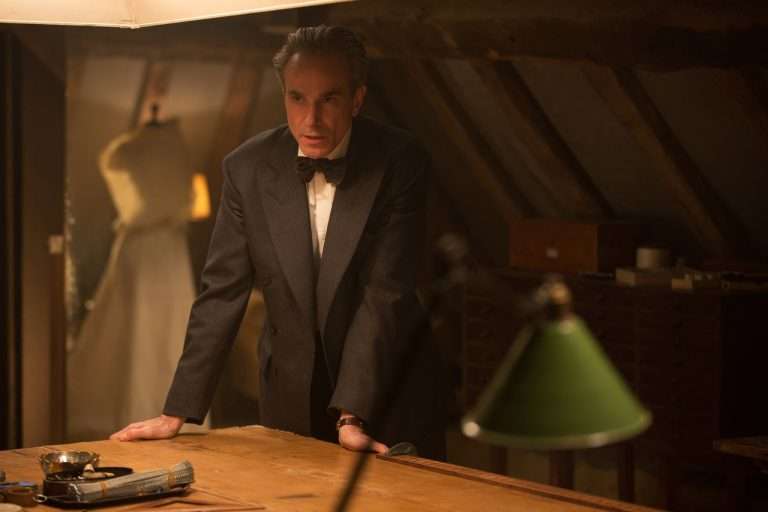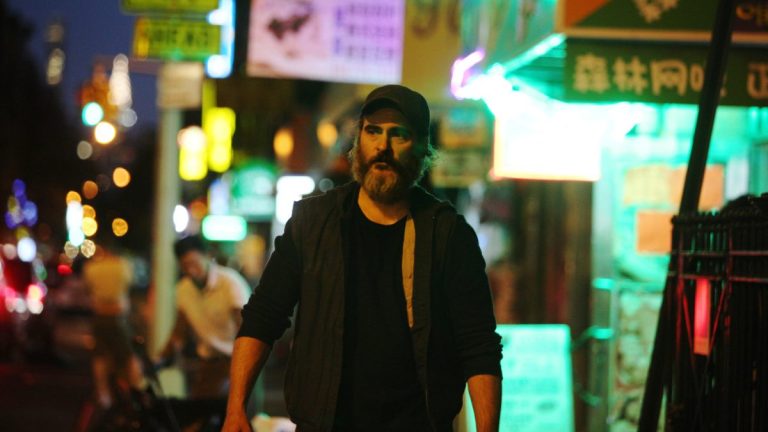Park Chan-wook is undoubtedly one of the most influential filmmakers of the last two decades. The South Korean auteur is known for quirky, absurdist humor brought out by multiple plotlines within a film and often uses unfiltered and gory action sequences. His films mostly resist labels, and the central characters have uniquely redefined them. Park’s prodigal narrative techniques and eye for aesthetics stand out as his most endearing qualities as a director. Still, his brilliant sense of human emotions and how society is affected by politics, economics, and the social landscape of the times truly makes him a soaring filmmaker. Below is the ranking of all the movies he has done to date. Happy reading!
11. The Moon Is the Sun’s Dream (1992)
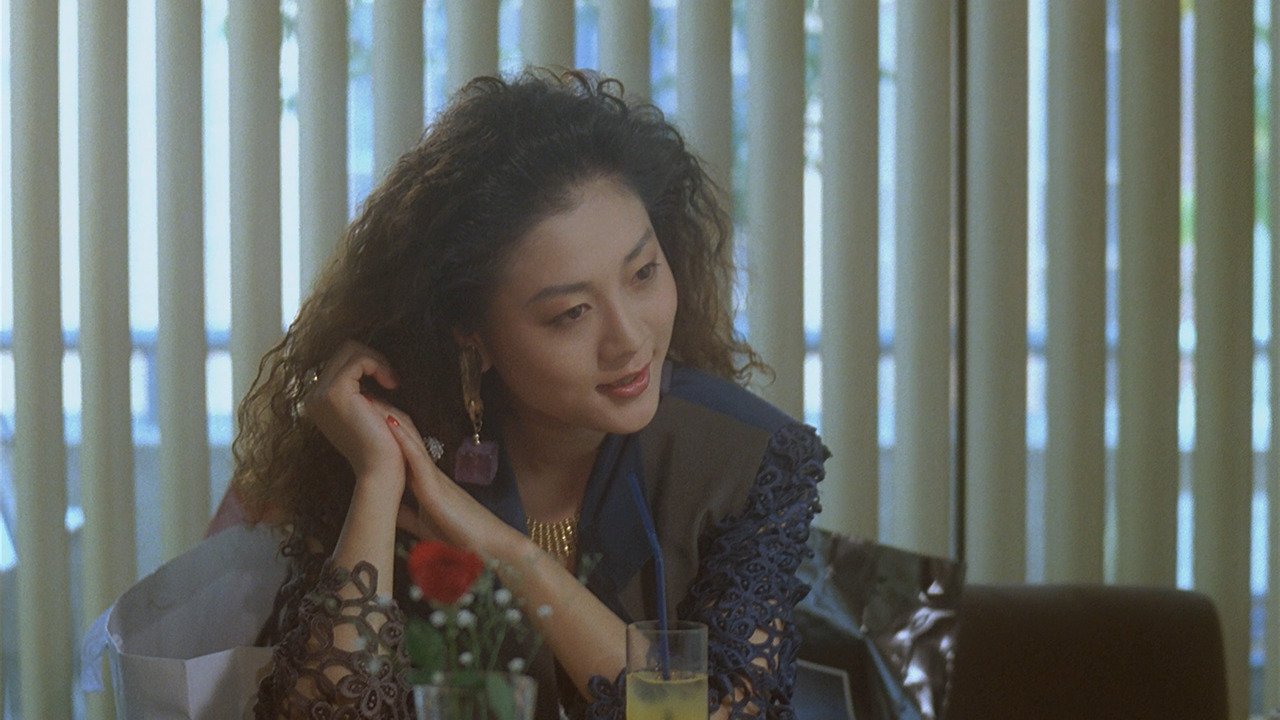
His early works demonstrate Park’s obsession with vague love triangles. Although today we have come to adulate and appreciate the refined and polished crescendo to this obsession in ‘The Handmaiden,’ Park’s first steps weren’t quite as impressive. In fact, the filmmaker rejected any association with the film in an interview. Despite being made on a shoestring budget and with hardly recognizable faces, the film doesn’t look cheap.
Also Read: 10 Best Tony Leung Chiu-Wai Movie Performances
It is a difficult film to find and sit through and certainly isn’t the place to start exploring Park Chan-wook’s filmography. The diluted production values can be forgiven, considering Park’s motivation and lack of footing in the film business, but the dreary and delirious plotline, undercooked characters, and half-hearted execution can’t. The film does introduce key themes that Park admirers today cherish, such as revenge and hyper-violence.
10. Trio (1997)
‘Trio’ starts in familiar PCW territory but soon derails into a messy and uninspiring melodrama, absolutely foreign to the PCW we know today. The film mainly retains typical Park elements and vestiges of his filmmaking style but also inherits the uncertainty and hesitance of a fledgling auteur. The plot revolves around the lives of three people, united by the vagaries of fate, fueled by unrelated and quaint motivations, and their reactions to the supposed outcomes of their lives.
A lot has been written about Park’s writing and visualization processes in making a film. With ‘Trio,’ it seems both of them lacked the conviction he has acquired over the years. The writing lacks bite; the individual storylines only seem to have a superficial and forced connection to each other. Most importantly, the humor that often makes watching a Park movie wholesome is lost on the filmmaker.
9. Sympathy for Mr. Vengeance (2002)
The third installment seems to be the weakest of the Vengeance trilogy. Word of caution: the weakness is only relative. So you can imagine how good the other two are for me to say this. ‘Sympathy for Mr. Vengeance’ is essentially a kidnapping gone wrong. Ryu hatches a plan with his communist girlfriend to kidnap the daughter of a wealthy businessman (Dong-jin) to finance a kidney transplant for his sister. Under absurd circumstances, Ryu loses both his sister and Dong-jin’s daughter. And an internal organ as well to conmen.
In the end, vengeance comes full circle, something that will jump on you unexpectedly. Park’s show of avenging personal losses to both Ryu and Dong-jin is comparatively more resonant and standardized—a mix of violence and gore. He plays his cards just right to avoid confusion about the film being mixed in with various other movies around this theme.
Also Read: 15 Best Korean Movies on Netflix
‘Sympathy’ is more grounded in reality and more faithful to the pure evil that flows through human beings when we suffer a loss like this. The animalistic reaction of ‘an eye for an eye is ubiquitous across cultures and personalities. The spectacular collision of these emotions felt by the three principal characters is poetically executed and is probably the zenith of the film’s screenplay.
8. Joint Security Area (2000)
‘Joint Security Area’ might be Park’s most simplistic yet impactful movie yet. The delicate subject matter, which has regional and international political connotations, is craftily integrated with a triumphant story of human friendship and camaraderie. Swiss Major Sophie Jean arrives at the Korean border after a military breakout between the two countries.
The incident itself is shrouded in mystery and involves four men and fifteen bullets. Contrasting testimonies by a South Korean soldier (Soo-hyuk) and a North Korean soldier (Sgt. Oh) leave Jean puzzled. The true story that unfolds in flashbacks is a jarring tonal shift that is probably the most pleasant instance I can remember in film history. ‘JSA’ is bereft of Park’s distinct, stylized images and storytelling. Although untypical and almost unrecognizable, his narrative choice seamlessly fits the story. The moments of humor are so pure and accessible that you forget you’re in a Chan-wook film.
The strange circumstance under which the two bloodthirsty rivals bond almost betrays the central tragedy in both personalities and their impact on the characters. The filmmaker inspires terrific performances, especially from the prodigal Song Kang-ho, each played to the hilt. ‘Joint Security Area is arguably Park Chan-wook’s most humane movie to date and might be the one to push the masses towards his extraordinary oeuvre.
7. Thirst (2009)
‘By the time you end ‘Thirst,’ you’d be thirsting for more. Combining excessive gore with relentless humor and overt sexual shenanigans, Park redefines the vampire genre. To think of ‘Twilight’ being released around the same time and getting quadrupled the attention ‘Thirst’ got is manic. Tragedy follows another Park protagonist, Sang-Hyeon, an unassuming priest who offers himself for vaccination trials for a deadly disease as the trials go wrong. Initially heralded as a healer of God, the priest eventually turns into a vampire and then falls in love.
Also Read: Thirst (2009) review – A Fairy Tale of Blood and Lust
Song Kang-ho is again atop the human pyramid of co-conspirators who make ‘Thirst’ a success story. Park Chan-wook extensively uses his distinct sense of humor to create odd tonal differences that might be jarring. But they often result in hilarious sequences, such as when the two leads try to make love with the dead body between them. There’s an exciting body horror spin on vampirism leading to some pretty nasty visuals, but it’s also balanced out by wickedly dark humor and fun vampire powers. ‘Thirst’ might not be the most subtle representation of violence and story development, but its wild origins make it an exciting watch.
6. Stoker (2013)
Park Chan-wook’s first-ever English feature is a stylish modernist horror that seems more like a fairytale than it seems to be about mortals. The events that unfold, especially how they happen, are inconsistent with the usual. Stoker stars Mia Wasikowska, Nicole Kidman, and Matthew Goode as the Stokers in focus. The three characters they play are the primary subjects of exposition.
Richard Stoker meets a fatal accident on his daughter India’s (Mia) 18th birthday. Uncle Charlie joins the household for a bit to mourn the loss and be reunited with the family again. Richard’s widow, Evelyn, gradually feels attracted to Charlie, who himself seems to have taken a liking to India. The third act brings a harrowing revelation, the cryptic overtones coming undone in the thrilling finale.
‘Stoker’ is inundated with symbolism about youth and adulthood. Due to the multifarious motifs used, such as India’s white saddle shoes and Uncle Charlie’s gift (high heels), ‘Stoker’ can be viewed as a coming-of-age story. India’s transformation into a woman, her growing estrangement from an already alienated mother, and her ability to decide for herself all point toward this fact.
Park’s cynicism is reflected in India’s character and is a prominent theme, though intentionally understated, in India’s story. Mia’s love affair with offbeat films and intricate, complicated characters continues with ‘Stoker.’ Her central act holds the film together and embellishes Park’s bold ideas. Matthew Goode and Kidman compliment her well, and maybe a bit more of these two on-screen would have been desirable.
5. I’m a Cyborg, But That’s Okay (2006)
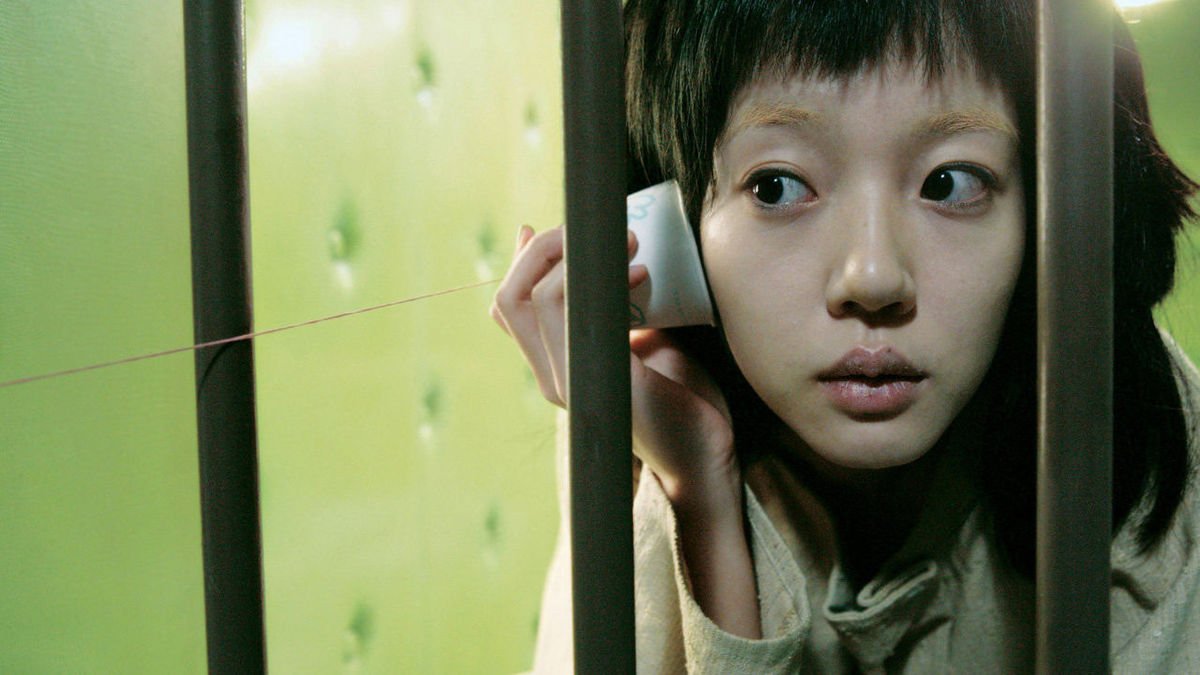
‘I’m a Cyborg’ is stylistically distinct from Park’s other works. The set design, the aesthetic choices, the atmosphere, and the emotion the imagery provokes are unlike any other films that best resemble the cinema or a Park Chan-wook film. The humor is blatant and harmless, unlike the typical Park Chan-wook flavor. Its setting of a mental institute itself furthers the cause of unique, meaningless humor. But the Park factor elevates a simple story into a fantasized and absurdist romance episode that is in equal parts joyous and melancholy.
Young-goon ends up in a mental hospital after she cuts her wrists in an attempt to recharge her empty “cyborg” body. The events don’t change her state of mind, and she encounters and bonds with fellow inmate Il-soon. In a bid to save Young-goon from herself, Il-soon takes it upon himself to save her.
Rain and Soo-Jung make for an impressive duo on screen, sharing the surrealism and humanity in each other’s characters. Innocence and sweetness are attached to the two protagonists and almost every other conspirator in Park’s scheme. It remains intact with the organic progression of the plot into its core, a triumph only a few filmmakers can pull off. The two never quite seem to lose their professional authenticity but remain connected to the integrity of their emotions. ‘I’m a Cyborg’ will transport you to a different experience about love and its expression when it is the only thing that can save a life.
4. Lady Vengeance (2005)
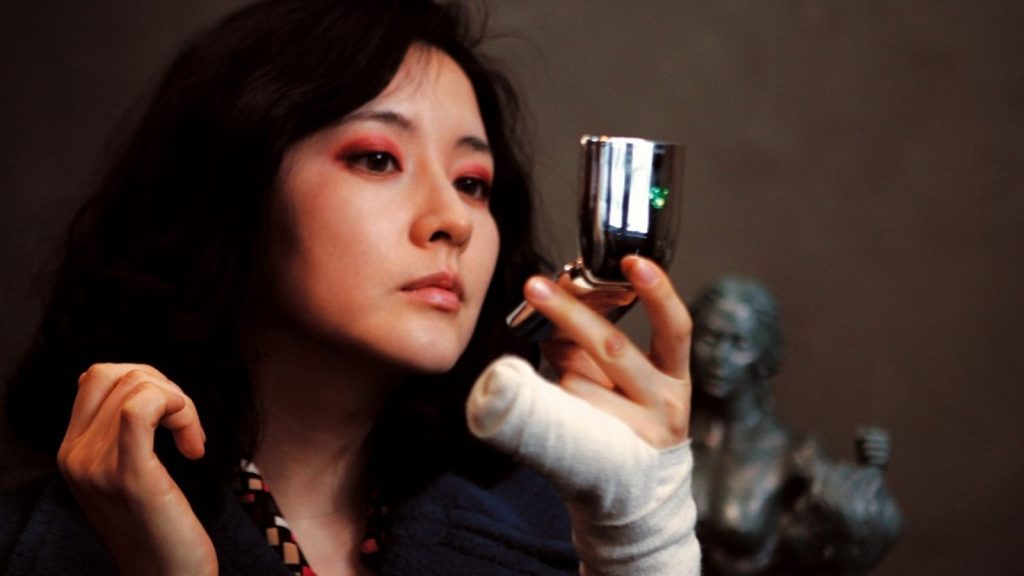
Lee Young-aae’s turn in Chan-wook’s ‘Joint Security Area’ completely contrasts her turn in ‘Lady Vengeance.’ While her English-speaking role and subdued position in the plot may not have exploited her incredible acting credentials, ‘Lady Vengeance’ makes her its lifeblood. Her actions, motivations, and moods determine everything about the film: how it looks, makes you feel, and its state of mind.
‘Lady Vengeance’ definitely ranks as the most sumptuous looking of the Vengeance trilogy. Park’s typical exquisite framing and aesthetic choices embellish the beautiful closeups. But more so than the visual splendor, the plot’s progression and Young-aae’s performance stand out. Recently released from jail, Geum-ja designs the remaining years to achieve a singular goal: revenge. She takes help from her inmates and plans to kill the person responsible for putting her away but discovers a harrowing truth along the way,
In the end, ‘revenge’ assumes a morphed meaning, as you’ll discover. It becomes more than something just animalistic and blood-avenging. Lady Vengeance’ changes from color to black and white midway, producing gorgeous images. Park creates his perfect film that captures and promotes all his special qualities as a filmmaker.
3. Decision To Leave (2022)
Chan-wook has a special skill that woos the viewer without extending something physical. His stylistic brand of storytelling sparkles with a unique flair for comedy, serious-minded drama, and a strange yearning that calls out to you. Chan-wook’s cinematic flair once again rallies moviemaking forces to unite and deliver another masterful work. ‘Decision to Leave’ has an odd pairing at its fore. An insomniac, a detached detective, and the murdered victim’s partner are also suspected of doing the deed. On the face of it, the combination indicates a twisted perversity. A recently widowed woman romancing the detective who investigates her for murder? You know what I mean. But beneath the surface, the catch runs deep. There is a hint of remorse yet stronger and more meaningful emotions of deceit, manipulation, and love. Titillating probably best describes the mood.
Noir elements in the story are the most alluring by far. Traditionally, they have been deployed as a teaser to a more significant revelation. The mechanics of the process are at work to provide slow-burn, a beguiling drama that invites you in and shocks you with a sudden jolt of twist. Chan-wook is wary of not overusing those precious shots that tell a half-truth and let the other half run you ragged. They are fleeting and resist a model feel. The percussive background score adds charm and a mystical layer to the film’s universe, keeping a sense of familiarity at bay.
Also Read: Decision to Leave (2022) Movie Ending, Explained
Chan-wook has always been resplendent and obsessed with aesthetics in his work. He has fashioned a visual template whose distinguished color palette, although starting from the outside, professes an inner glow that the viewer can register as facetious. His walled-off protagonists are so impressively played that you might think they’re real people. And they are composites of years of cinema legacy and heritage to the point that we can see shades in real life as well. Tang Wei is undoubtedly the show’s star and blatantly outshines her male counterpart, Park Hae-il. She manifests intriguing energy in her character that feels so different from what we have seen until now. It ranks as one of the year’s best performances and will surely be among the leaders when the awards season hits.
2. Oldboy (2003)
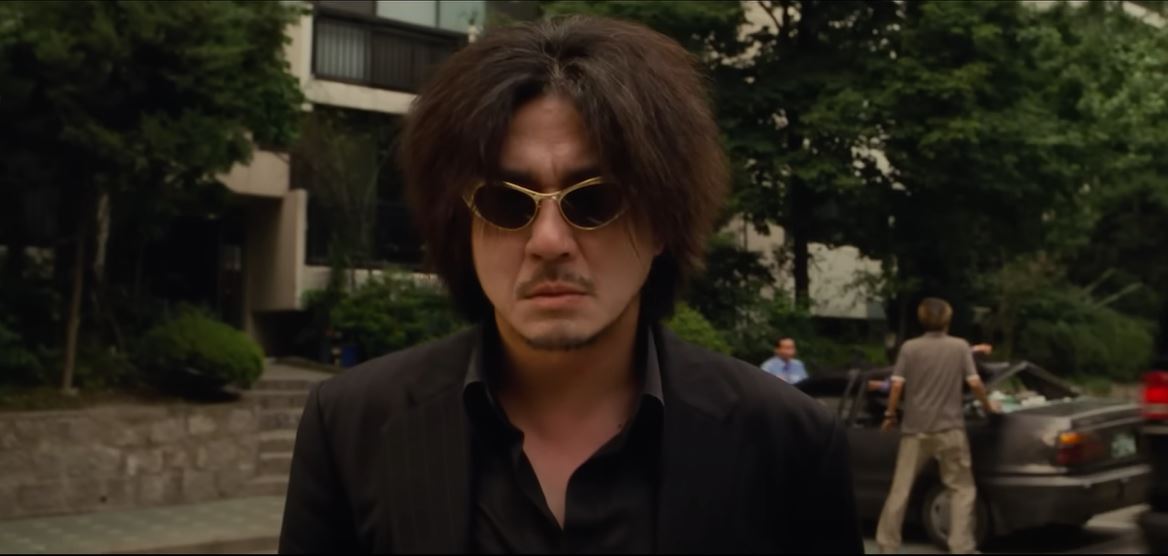
Not many characters have the good fortune of exceptionally well-written character arcs. Choi Min-Sik never takes his luck for granted and churns out one of the century’s most nuanced and well-rounded performances. ‘Oldboy’s incoherent rhythm is generally upsetting and might offset a large chunk of the audience. However, its uniqueness in dismantling the hope attached to any character in a story and subverting the viewer’s expectation covers its flaws.
The action sequences in the film transgress cinematic pretense and are deeply rooted in the dynamics of a real-life confrontation. Park’s mastery lies in tying up the consequences of any action with the personality traits of the protagonist or other prominent characters. Oh’s action during a specific martial arts scene establishes a more significant and tragic truth about his endless pain and suffering.
Also Read: 40 Best South Korean Films of the 21st Century
The Oedipal ending and Shakespearean sense of tragedy are strongly felt in Oh’s fate and that of the story. The central themes of ‘Oldboy’ touch a gamut of issues, both internal and external. Park Chan-wook creates a rare cinematic language and a lyrical experience. Its emphasis is not on theatrics or gore but on mankind’s remarkable tendency to feel guilt, repentance, and vengeance.
1. The Handmaiden (2016)
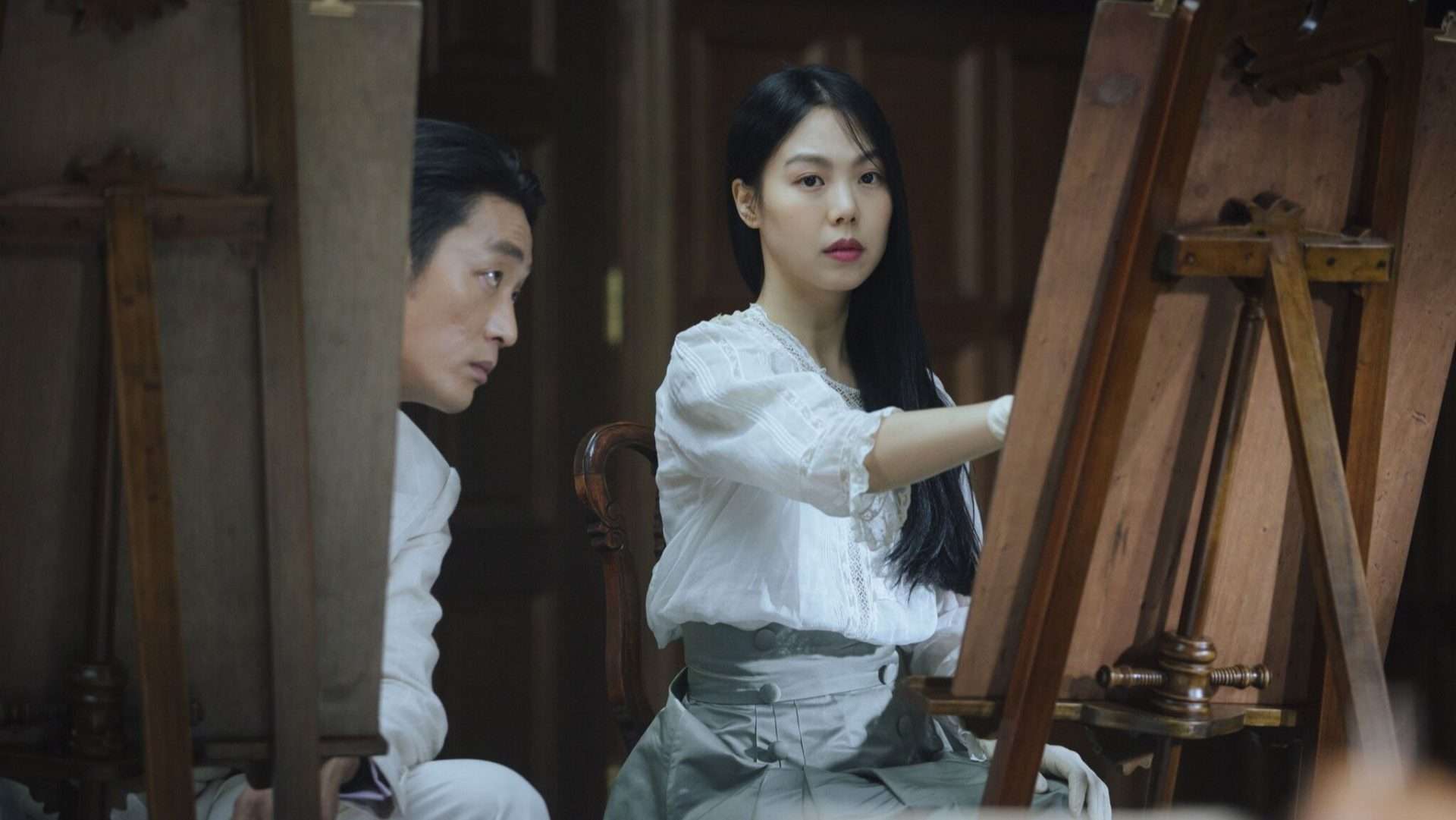
For general suspense enthusiasts, ‘The Handmaiden offers the perfect mix of a taut storyline with just enough artistic integrity, visually and in exposition, to please audiences and critics. Narrated in three neatly organized interconnected parts, the events in Sarah Waters’ novel Fingersmith have inspired the film. It revolves around the journey of an orphaned pickpocket to defraud a Japanese princess. Conniving with a charming con man, Sook-hee tries to execute the plan while simultaneously fighting her passion-filled affection for the princess. The big plot twist in the third part is something you should watch for yourself.
‘The Handmaiden’ is characteristic in its visual richness like any other Park Chan-wook film. The authentic recreation of a Korean under Japanese colonial rule is replete with luscious cultural art assortments and attires, imperial royalty, and scenic landscapes. The film depicts erotic Japanese traditions ubiquitous among the elite with a morally contemptuous position of women at the time. The strong female protagonists seem more in a protest to accustom modern sensibilities than to serve the story, which wouldn’t be a bad idea to posit either.
‘The Handmaiden’ is arguably one of the last decade’s best films, both in terms of film creation and philosophy. Park does a tremendous job of not allowing the dark undertones in the form of human characters to dominate his story. His measured output strikes a delicate balance between his unorthodox filmmaking style and the content of its literary source.


